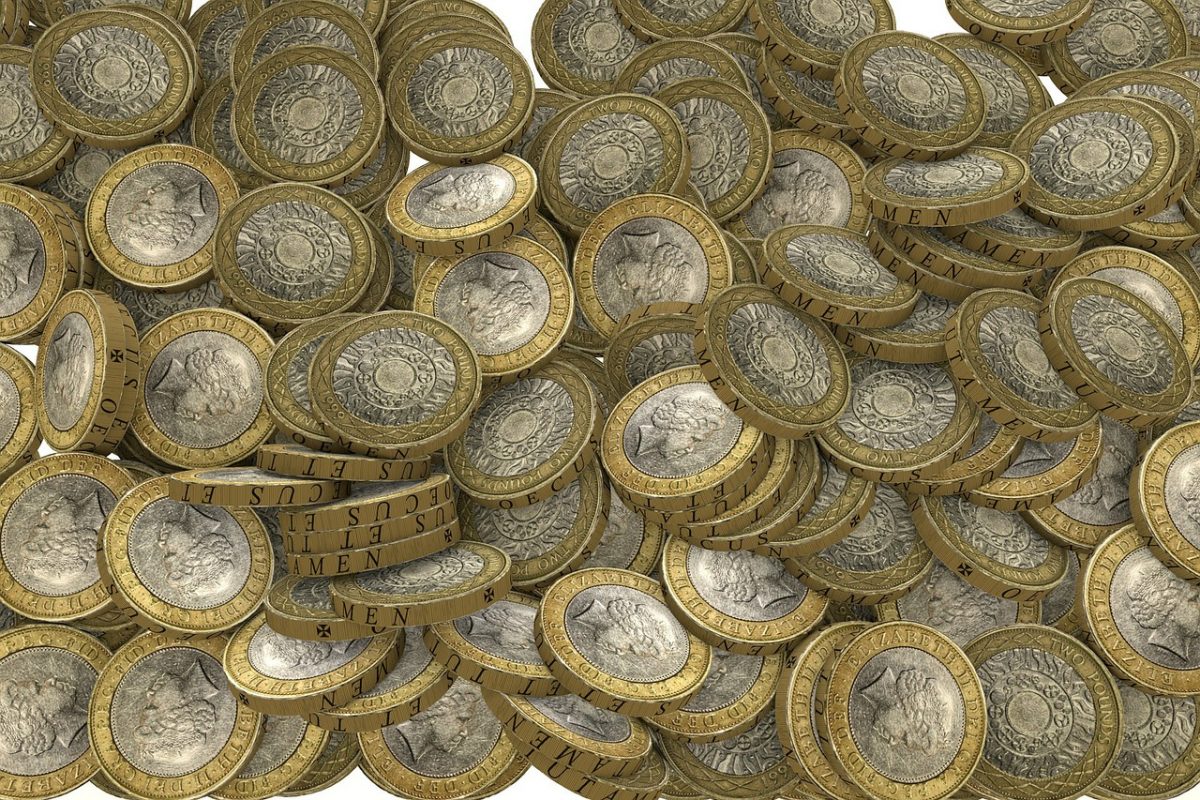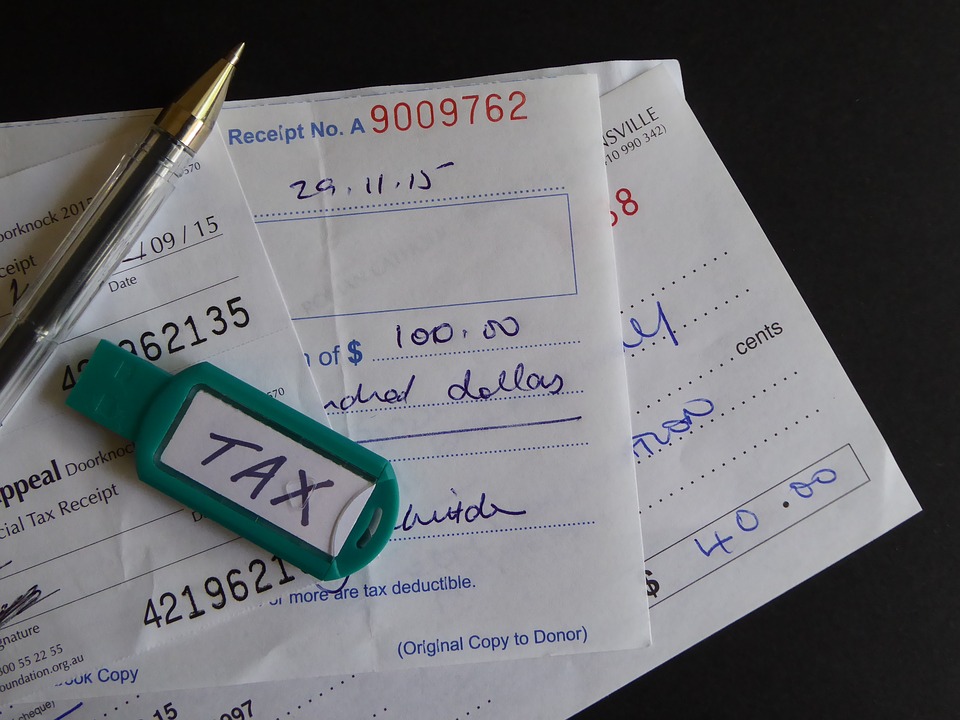How would you describe your favourite client? Describing your worst may be easy – demanding, unappreciative, quibbling over fees, paying late– but who is your best client?
It’s easy to say the one who pays you the most – but would that be true? I have several clients whose fees are by no means amongst the top few – but I love working with them. We talk regularly, they value my advice (or so they say!!) and they frequently recommend me to their contacts. I don’t make a fortune from them – but we have a great relationship and they help me generate new business.
It’s a good idea to every now and again go through you client list and rank them A, B and C – maybe initially on gut feel.
A’s are your best clients – you have a good relationship with them, fees are good, they pay on time, use several of your services and they recommend you.
B’s are your “OK” clients – you get the job done, they pay you, don’t complain but you probably don’t sell extra services to them – and they don’t rave about you to their friends.
C’s – we all have some of them! They take up far more of your time than they should, expect you to do a lot of things for nothing – because “it’ll only take you a few minutes”, may grumble over fees and take a long time to pay. They probably, strangely, are quite loyal to you – because you do pander to their needs!
Now – put the fees you generate from each client in a year next to them and total them up for each category.
Is the amount you are getting from your C’s really worth the hassle? Should you lose a few of them and concentrate your time servicing your A clients, or turning your B’s into A’s?
If you put your fees up for all your “C” clients and started charging for all those extra’s you do for them– and you did lose 1 or 2 because of it – would it be the end of the world? Or would you breath a sigh of relief that they are going to cause someone else all that grief! If you lost 5 C’s and gained an A – would your life be a lot easier?
On the other hand, are your favourite clients actually generating you a decent level of fees?
Or are you actually spending too much time working on their account, because you like them – and again not charging them accordingly? Are they friends – and you offered them “mates rates” when you were setting up your business – and they are still on them even though their business has grown and changed?
We’ve all heard of the 80/20 rule – where 80% of your sales come from only 20% of your clients so just ranking your clients into these simple groups can see if this applies to you – and then you can take action!!








